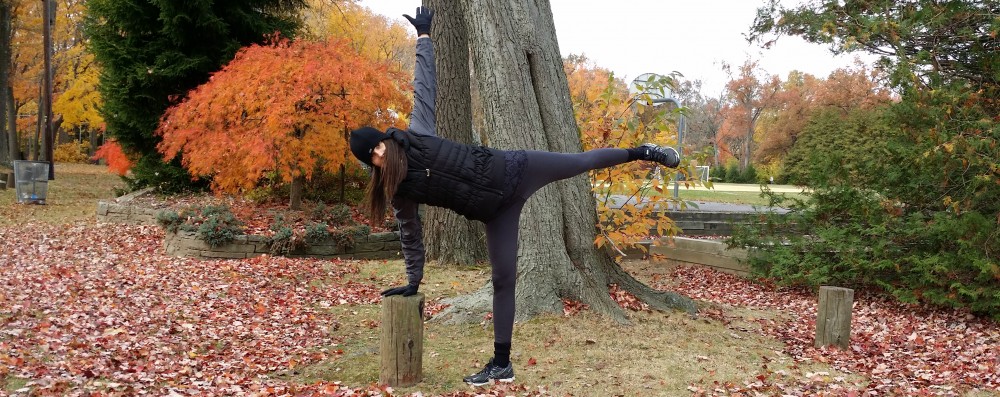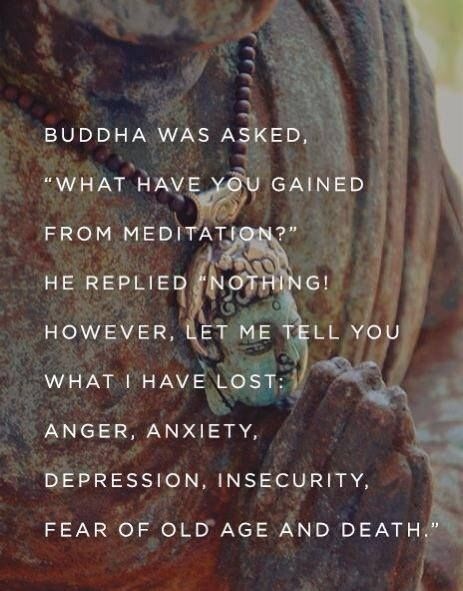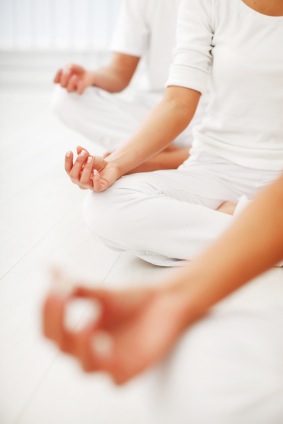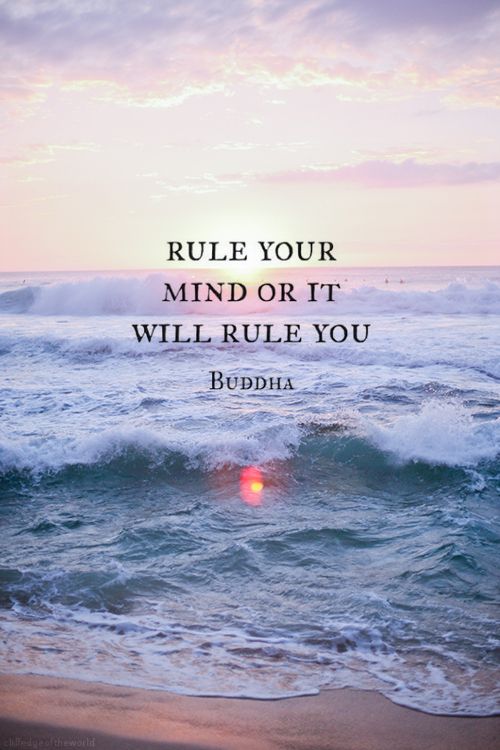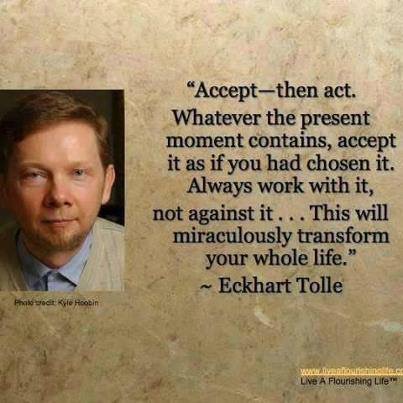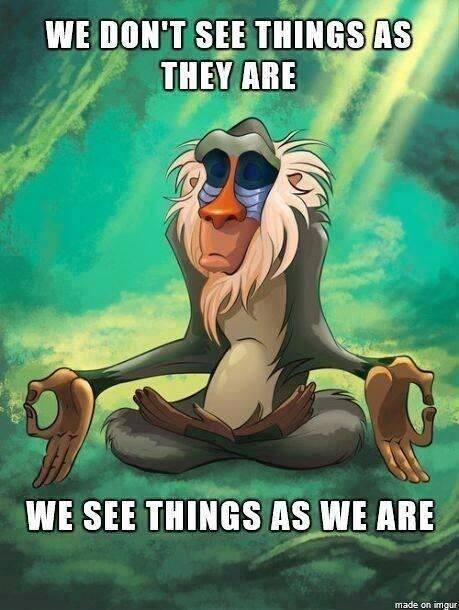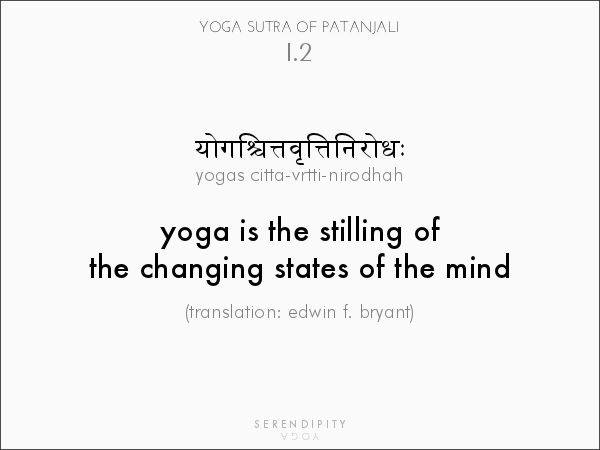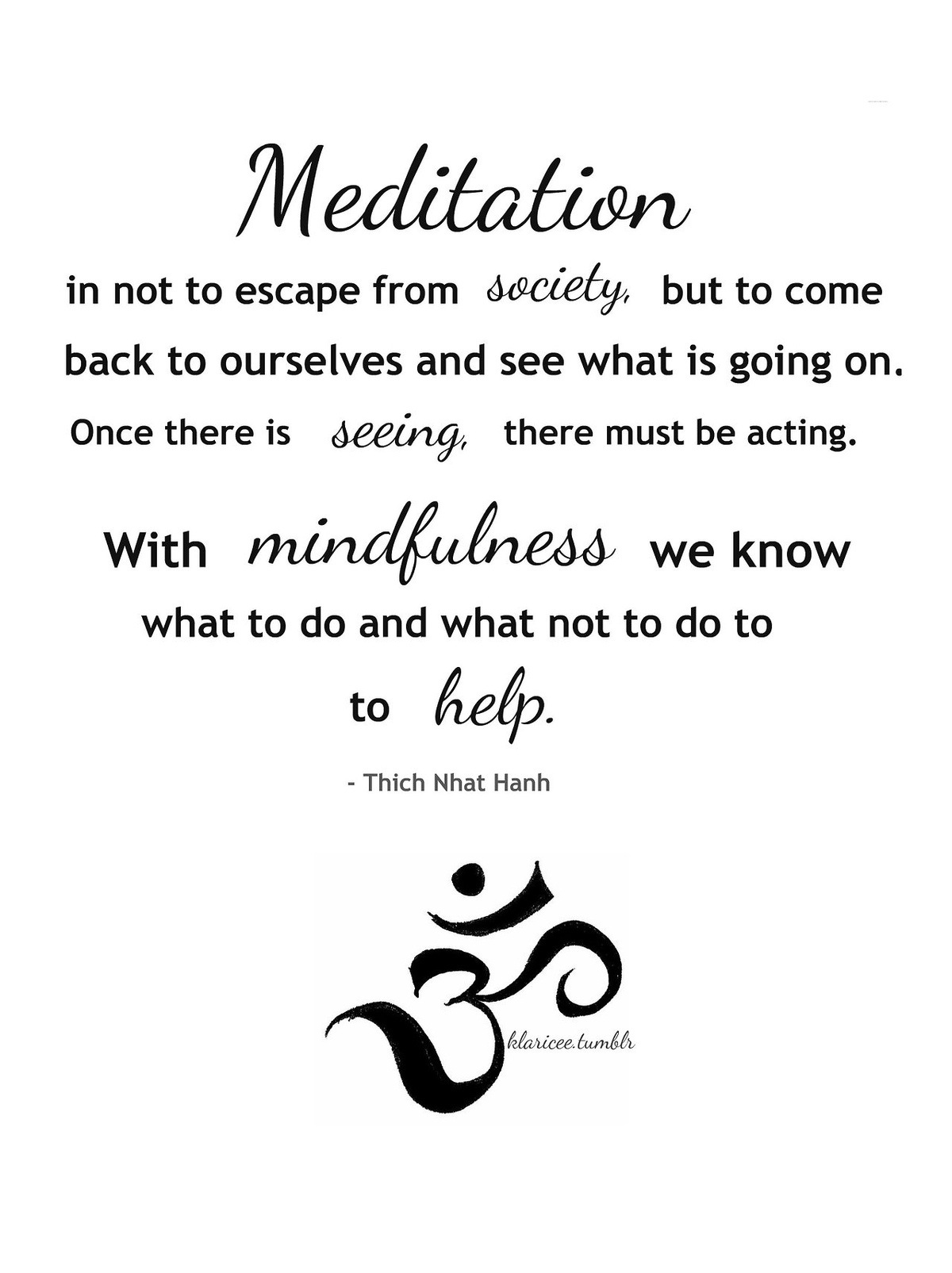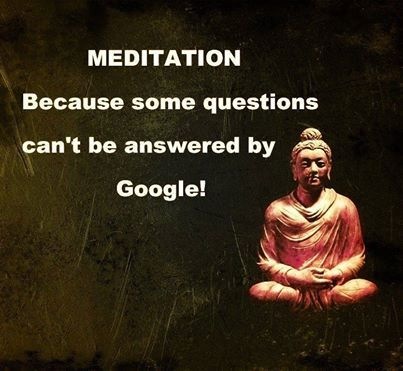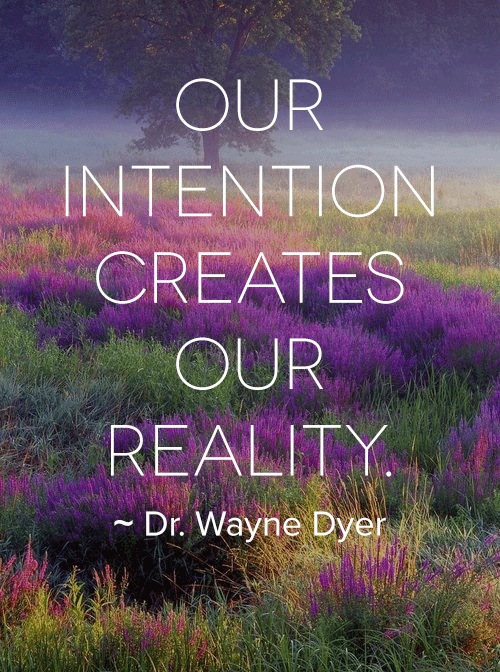Meditation: For the mind and also for the muscles
Today I want to talk about using meditation for your muscles. I am preparing for my restorative yoga class, and came across an interesting article this week which focused on tight muscles and why not to actively stretch them. You can read it by clicking here; where the author says insightful things like “We have been conditioned to think of the tightness itself as the problem, thus the automatic tendency to try to stretch. But in reality, sometimes tightness is a result of the problem. In those situations, stretching is not the answer–at best it gets you nowhere, and at worst, it aggravates the problem. So the key to correcting the issue is figuring out why a muscle is tight. It might even clue you in to a problem you didn’t know you had….TIP: Not all tight muscles need to be or should be stretched; sometimes the real problem is weakness not tightness. This needs to be considered when inflexibility persists despite consistent attempts at stretching.”
Why meditation for your muscles?
Where meditation comes in is that once your mind is calm, you get the space necessary to allow yourself to to move away fro “automatic tendency” and more towards a balanced and thoughtful approach that could include rest, postural changes or other modifications that are actually at the root of your tightness. So let’s allow our meditation to inform our muscles! See you on the mat or meditation cushion! Check out my Yoga Mind Cd for portable peace 🙂
